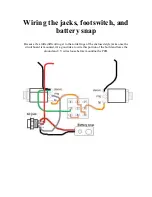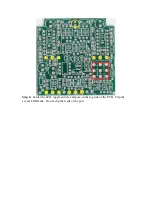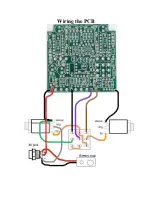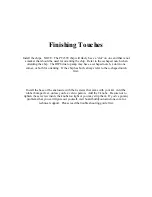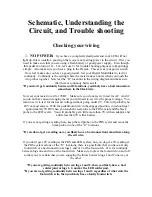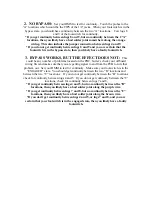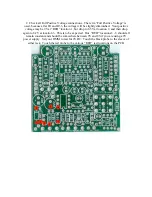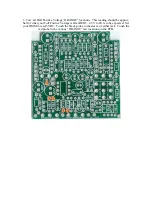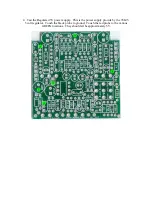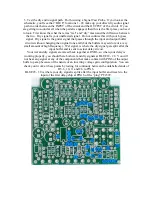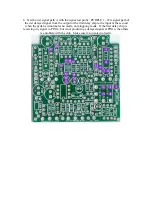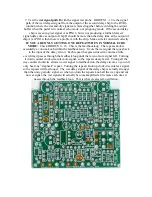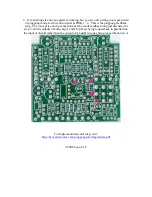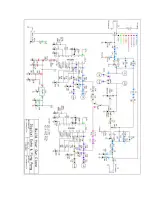
5. Test the dry audio signal path. Do this using a Signal Test Probe. If you look at the
schematic, you'll see that “BLUE” locations 1 - 28 make up your direct dry audio signal
path in order between the INPUT of the circuit and the OUTPUT of the circuit. If you
are getting no sound at all when the pedal is engaged, then this is the first place you need
to look. First know the what the terms “wet” and “dry” mean and the difference between
the two. Dry signal is your unaffected signal. Do not confuse this with your bypass
signal. Dry signal is the guitar signal that passes through the input and output buffer
circuits without changing the original tone at all(but the buffers may add or cut a very
small amount of high frequency). Wet signal, is where the dry signal gets split after the
input buffer and is sent to actual delay circuit.
Your wet and dry signals are mixed back together at R5/R6, so when your delay is
working properly, you should here both wet and dry signals at BLUE18 - 28. You will
not hear any signal at any of the components that make contact with PIN6 of the ouput
buffer op amp because of the nature of an inverting voltage gain configuration. You can
check your work at these points by testing for continuity between the unlabelled ends of
R5, 6, 10, 11 and C6 to PIN6.
BLUE29 - 38 is where your dry signal is splits after the input buffer and travels to the
input of the first delay chip at PIN16 of the “ping” PT2399.


